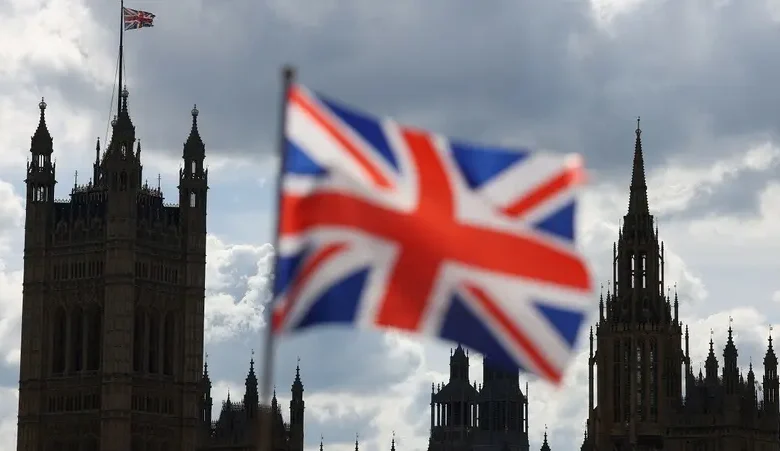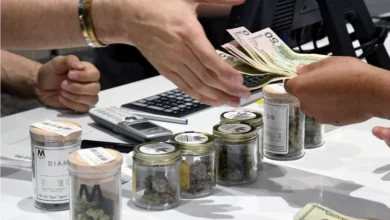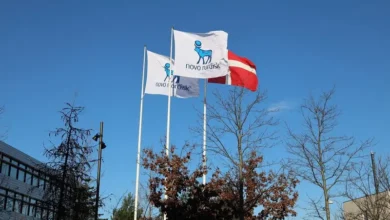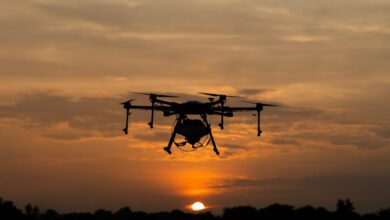UK inflation rises smaller than expected as prices continue to increase

British consumer price inflation increased for the first time this year in July, official figures showed on Wednesday, but the rise was smaller than expected as services prices – closely watched by the Bank of England – rose less rapidly.
The annual rate of consumer price inflation increased to 2.2 percent after two months at the Bank of England’s 2 percent target, the Office for National Statistics said, coming in slightly below the median 2.3 percent forecast in a Reuters poll of economists.
Sterling fell sharply against the US dollar after the data was published and financial markets priced in a 44 percent chance of a quarter-point BoE rate cut in September, up from 36 percent before the data was released.
When the BoE cut interest rates from a 16-year high of 5.25 percent at the start of this month, it said May and June’s 2 percent inflation readings probably marked a low point for inflation.
The central bank expected CPI to rise to 2.4 percent in July and reach around 2.75 percent by the end of the year as the effect of sharp falls in energy prices in 2023 faded, before returning to 2 percent in the first half of 2026.
“Today’s data will give the Bank’s Monetary Policy Committee some measure of confidence that domestic price pressures are less likely to derail a sustainable return to the 2 percent target,” Martin Sartorius, principal economist at the Confederation of British Industry, said.
British inflation peaked at a 41-year high of 11.1 percent in October 2022 driven by a surge in energy and food prices after Russia’s full-scale invasion of Ukraine as well as COVID-19 labor shortages and supply chain disruption.
Consumer price inflation is still lower than in the euro zone, where the European Central Bank cut interest rates in June, and in the United States, where the Federal Reserve is widely expected to begin cutting rates next month.
Nonetheless, many households are still feeling squeezed by the sharp rise in prices over the past two years.
Deputy finance minister Darren Jones, responding to the data, stuck to the newly elected Labour government’s theme that the figures showed it had inherited a difficult economic legacy and would need to take tough decisions to improve things.
Hotel costs fall
The BoE remains relatively focused on longer-term inflation pressures, including services prices and wages as well as general labor market slack.
Wednesday’s data showed that annual services price inflation fell to 5.2 percent in July from June’s 5.7 percent, below all forecasts in a Reuters poll and the lowest since June 2022. BoE staff had predicted a drop to 5.6 percent.
The fall in services price inflation reflected a reversal in June’s sharp increase in the cost of hotels, as well as downward pressure from air fares, roadside recovery services, package holidays and cultural services including live music.
Many economists attributed some of June’s price increases to concert tours in Britain, including by US singer Taylor Swift, although the ONS said it was not possible to draw a clear link.
Official data on Tuesday showed that annual wage growth excluding bonuses slowed to its lowest in nearly two years at 5.4 percent, in line with economists’ forecasts but still nearly double the rate the BoE sees as consistent with CPI staying at 2 percent.
However, those figures also showed a surprise drop in unemployment – albeit based on a survey that is being overhauled – and economists said the BoE was likely to remain cautious about cutting rates, even after today’s inflation data.
“Absent any material shock to growth, this cutting cycle is likely to be gradual with a quarterly cadence most likely. Investors banking on imminent rate cuts will therefore be disappointed,” said Aaron Hussein, global market strategist at J.P. Morgan Asset Management.
Financial markets priced in a further 0.49 percentage points of cuts by the BoE over the remainder of this year, up from 0.46 percentage points before the data.










